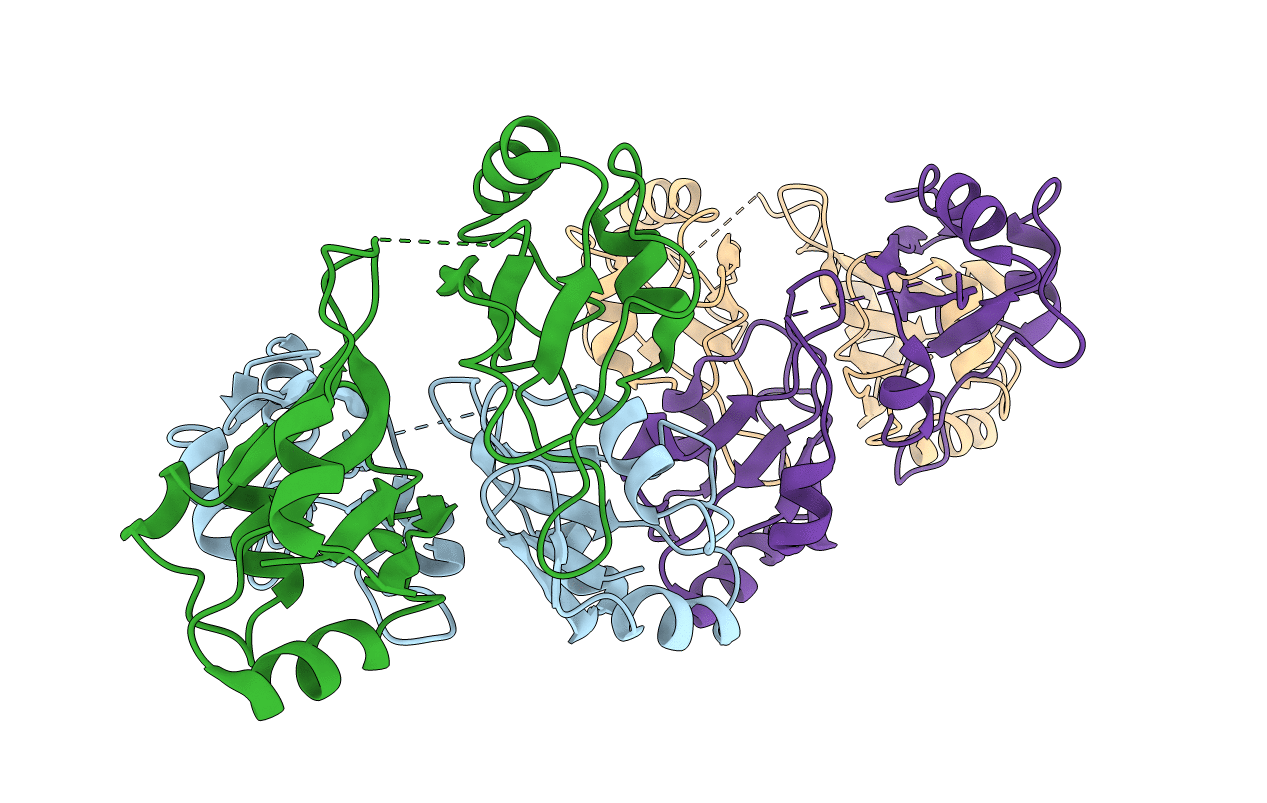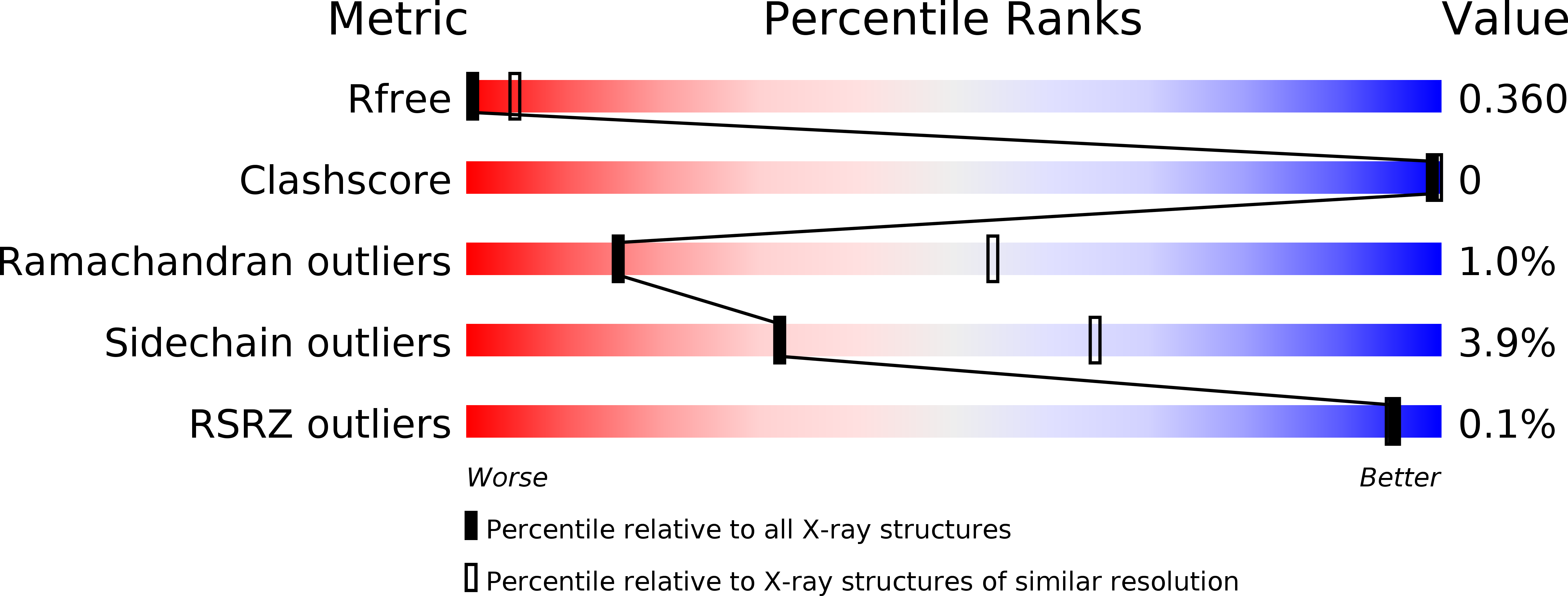
Deposition Date
2018-05-21
Release Date
2018-09-12
Last Version Date
2024-10-23
Method Details:
Experimental Method:
Resolution:
3.50 Å
R-Value Free:
0.32
R-Value Work:
0.30
R-Value Observed:
0.30
Space Group:
P 64 2 2


